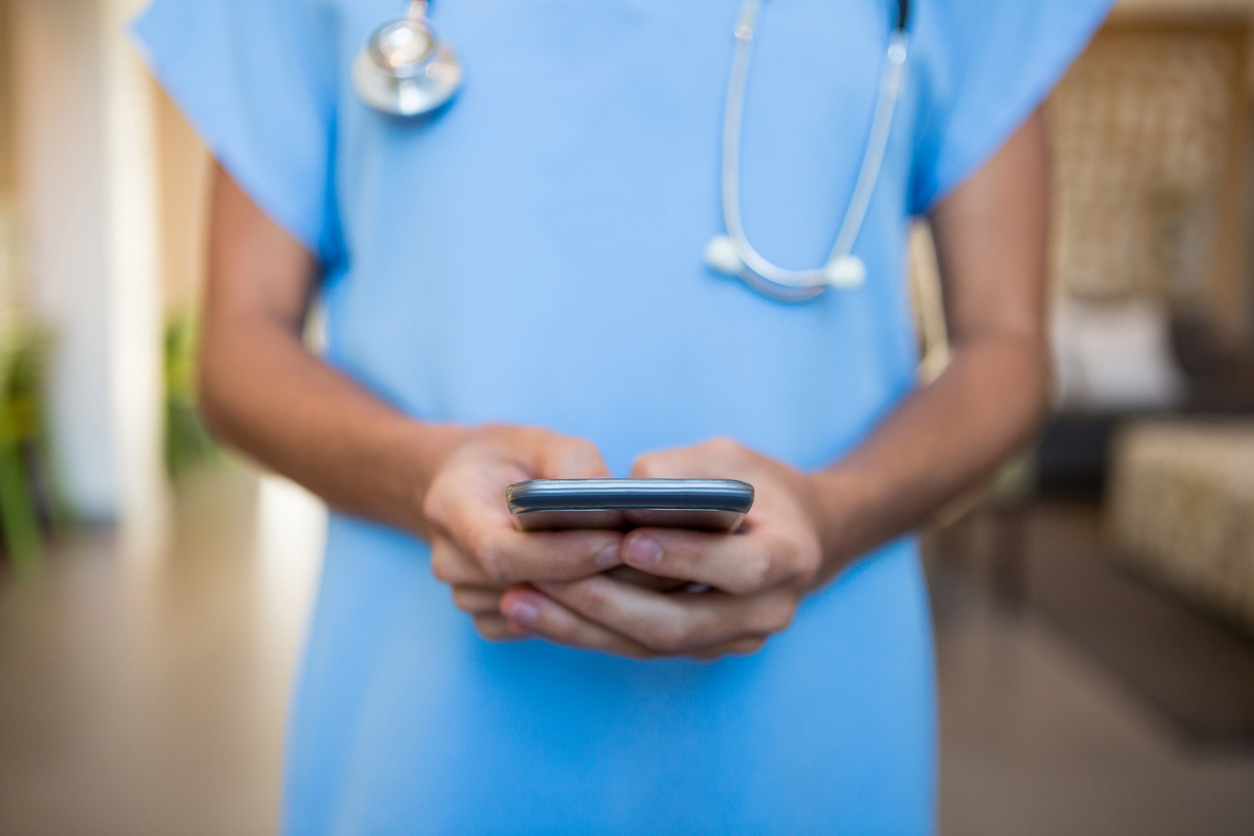Telemedicine saved costs to US health system - study

Telemedicine saved money and costs to a health system in the US by making it more efficient, according to a new study that adds to the growing body of evidence backing the technology.
Findings of the study published in the American Journal of Emergency Medicine showed that net savings ranged from between $19 and $121 per visit compared with care received in other available settings.
Researchers at the Sidney Kimmel Medical College of Thomas Jefferson University analysed data from 650 telemedicine visits and results of two post-visit surveys.
Data was collected at the university’s affiliated health system, Jefferson Health, where an on-demand 24-hour telemedicine system backed by doctors was installed in September 2015.
The American Journal of Emergency Medicine reported on findings from the JeffConnect system that charged $49 per visit and the study covered visits made over half a year.
Authors asked patients what they would have done if telemedicine visits were not available.
Of the 429 patients who completed the survey, 34% would have gone to their doctor’s office, costing between $84 and $131.
A third (33%) would have visited an urgent care centre, costing $98 and $163, while 12% would have gone to an emergency department costing between $348 and $1,595.
A further 5% would have gone to a retail clinic costing $66 and $89, and 16% would have done nothing.
Authors concluded that the main source of savings would therefore have come by avoidance of the pricey emergency department visits.
There was however a modest increased cost from the 16% of patients who would have done nothing as this represents a new use of health care services.
Of the 172 patients completing a follow-up survey 74% said they did not see another health care provider in the two to three days after the encounter.
Fifteen per cent went to a doctor’s office, 5% went to emergency care and 4% went to an urgent care centre, with 2% not specifying where they went.
This led authors to estimate that the service produce net savings of between $19 and $121 per visit.
Researchers noted that the service could have generated savings for patients, including fewer hours lost from work, plus childcare and travel costs, although these were not recorded.













